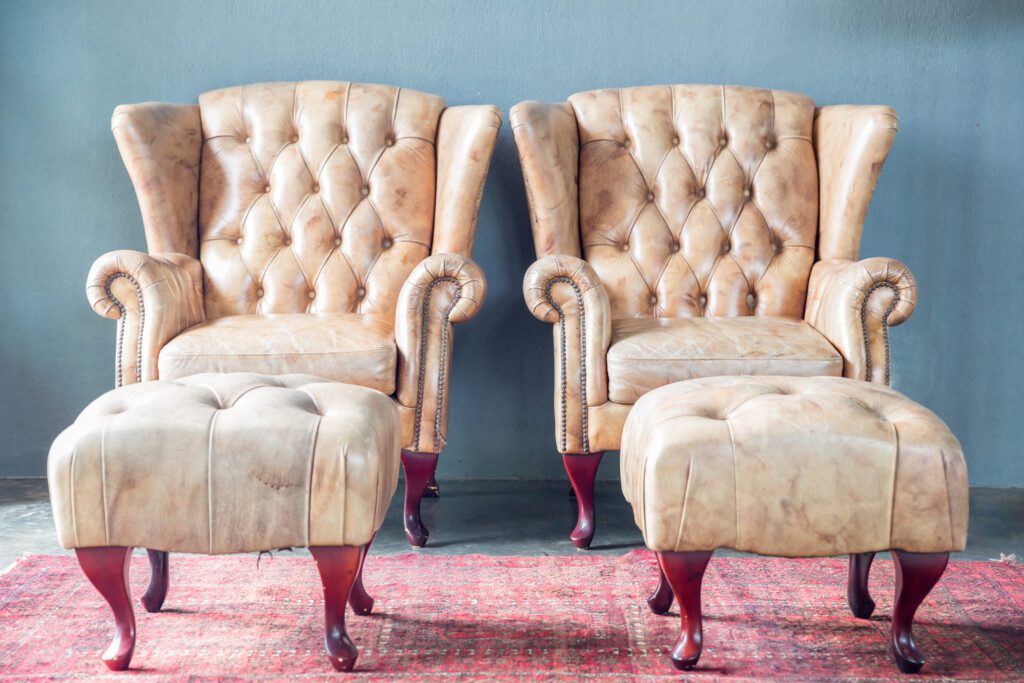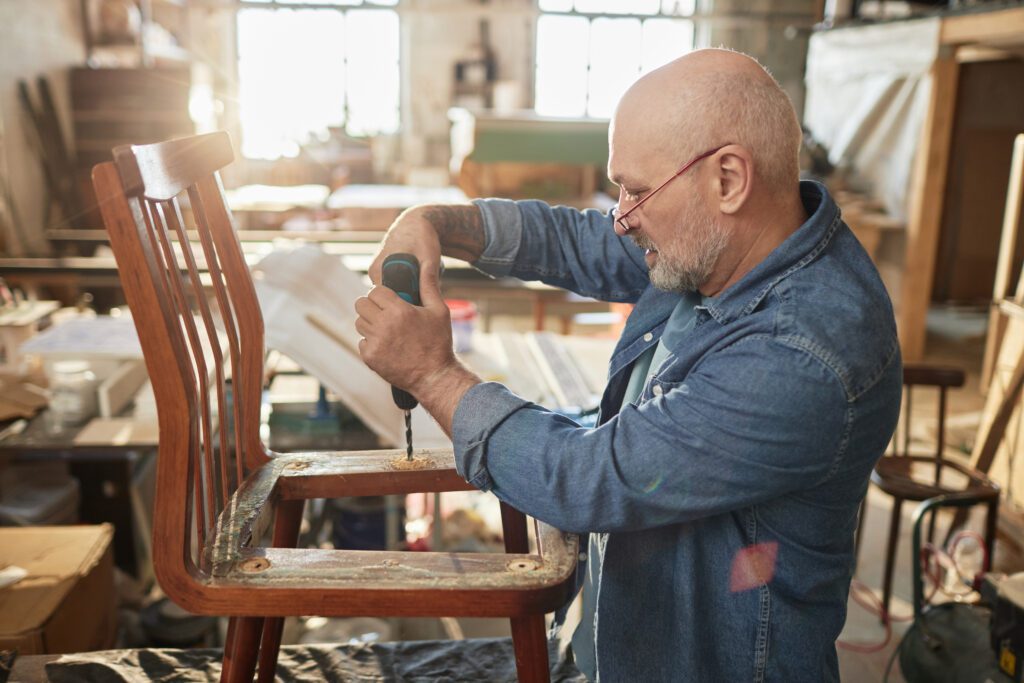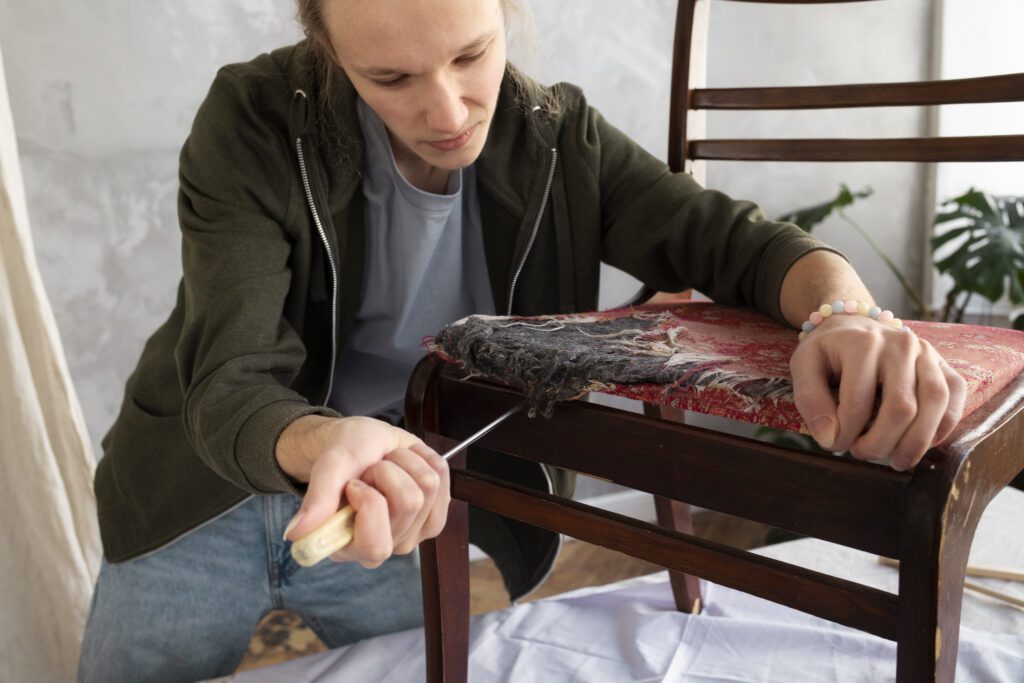Mastering Upholstery: Reviving Antique Chairs with Style and Skill

Unveiling the Charm and Benefits of Upholstery Revival

Restoring antique furniture through upholstery isn’t just about aesthetics; it’s about preserving history. Mastering upholstery allows you to breathe new life into classic chairs, ensuring they remain functional and beautiful for years to come. From simple fabric refreshes to full structural repairs, upholstery restoration is an art that blends craftsmanship with creativity.
Before diving into a project, understanding the different restoration techniques is crucial. Some require minor touch-ups, while others demand a complete overhaul. Let’s explore how to assess whether an antique chair is worth restoring and the best methods to strengthen, preserve, and revitalize it.
What Are Some Techniques in Upholstery?
Recovering an antique chair with fresh fabric is one of the easiest ways to give it a facelift. First, you remove the old fabric, pick something stylish and durable, and secure it with staples or tacks. If the padding has seen better days, swapping it out makes a world of difference—both in comfort and how the chair holds up over time.
Another game-changer? Refinishing the wood without going overboard. A little cleaning, some beeswax, or a light varnish can do wonders for the chair’s original charm. These simple techniques help keep your antique looking great while preserving the history and craftsmanship that make it special.
Assessing Value: Is It Worth Restoring Your Antique Furniture?
Not every antique chair is a candidate for restoration. Several factors determine whether the effort is worthwhile:
Condition: Examine the chair for deep cracks, missing pieces, or broken joints. Some damage is fixable, but extensive deterioration might not be worth the cost.
Market Value: Certain antique chairs hold high resale value, while others may not fetch much, even after restoration.
Sentimental Value: A chair passed down through generations might not be valuable on the market, but its emotional significance could justify the restoration.
Case Study: Before and After Restoration
A 1920s Queen Anne chair in poor condition, purchased for $50, was transformed through structural reinforcement, new upholstery, and careful refinishing. After restoration, its value rose to $500, proving that strategic restoration can be a smart investment.
Assessing Value: Is It Worth Restoring Your Antique Furniture?

Antique chairs often weaken over time, making reinforcement a crucial step in the restoration process. To ensure stability, focus on the following:
Re-gluing joints: Use high-quality wood glue and clamps to secure wobbly parts.
Adding support brackets: Discreet metal or wooden braces can reinforce weak areas.
Replacing missing dowels: Use wooden dowels and epoxy to restore stability.
Choosing the right materials is essential. Hardwood reinforcements blend better with old furniture, while modern adhesives provide additional strength without altering the chair’s appearance.
Strategic Decision-Making: When Not to Restore an Antique
While restoration enhances beauty and function, there are times when it’s best to leave a piece untouched.
Severe structural damage: If the repair costs exceed the chair’s value, consider alternatives.
Historical significance: Some antiques lose authenticity when refurbished. Refinishing a rare 18th-century chair, for example, could diminish its value.
Patina preservation: The natural wear of aged furniture adds to its charm. In some cases, a light cleaning is preferable to a full restoration.
Instead of full restoration, conservation methods like gentle cleaning and wax preservation can maintain an antique’s integrity without altering its essence.
Restoration Techniques: Breathing New Life Without Sanding

Not all restorations require stripping furniture down to bare wood. Non-invasive methods can rejuvenate antiques while maintaining their original charm.
Reattach loose fabric with a staple gun or fabric glue.
Patch small tears using matching fabric and invisible stitching.
Add new cushioning without altering the original framework.
These techniques allow you to restore a chair’s beauty while preserving its history—a win-win for any antique lover.
Conclusion: Embracing the Art of Antique Chair Renewal
Mastering upholstery is more than just a craft; it’s a way to honor the past while creating something functional and beautiful for the future. Restoring antique chairs allows you to appreciate the skill that went into their creation while contributing to a more sustainable approach to furniture ownership.
Whether you’re reviving a family heirloom or transforming a thrift store find, upholstery restoration is a rewarding journey. Keep learning, experimenting, and most importantly—enjoy the process of bringing antique treasures back to life.